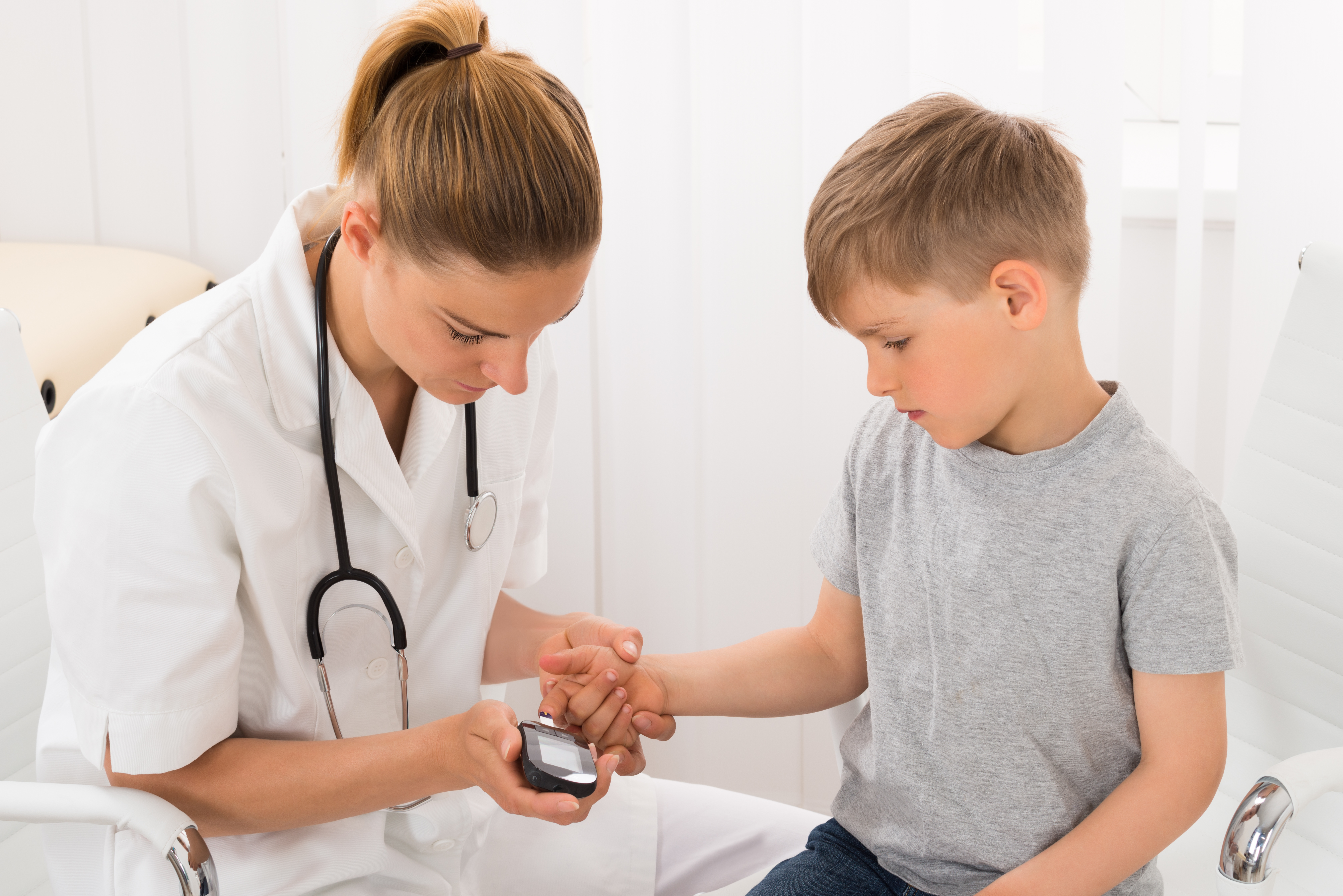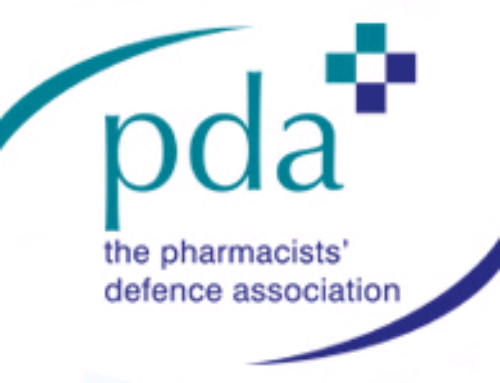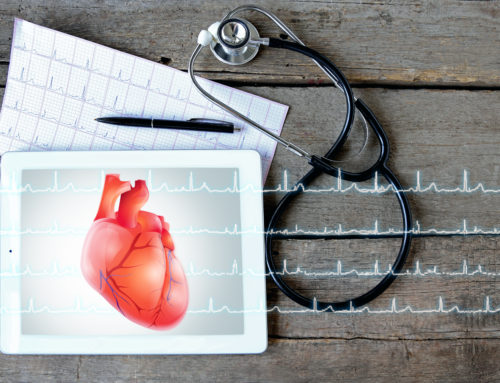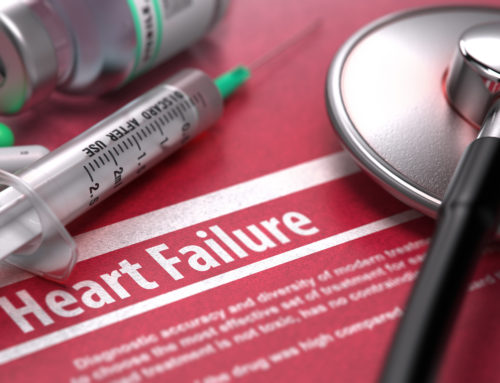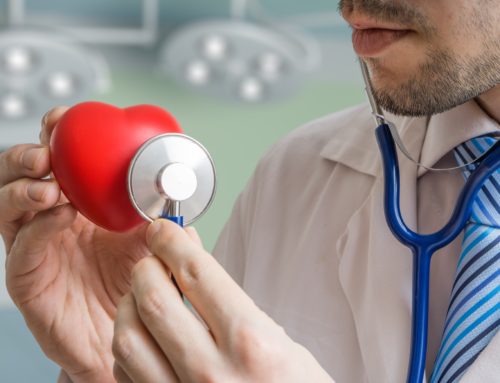Six novel chromosomal regions identified by scientists leading a large, prospective study of children at risk for type 1 diabetes will enable the discovery of more genes that cause the disease and more targets for treating or even preventing it.
The TEDDY study’s international research team has identified the new gene regions in young people who have already developed type 1 diabetes, or who have started making antibodies against their insulin-producing cells, often a precursor state to the full-blown disease that leads to a lifetime of insulin therapy.
Their analysis of 5,806 individuals, published in the Journal of Autoimmunity, also confirmed three regions already associated with one of those related conditions.
‘We want to build a more precise profile of who will get this disease and when,’ said Dr Jin-Xiong She, Director of the Centre for Biotechnology and Genomic Medicine at the Medical College of Georgia at Augusta University, principal investigator of TEDDY’s Georgia / Florida site, and the study’s corresponding author.
In keeping with their theory that two subtypes of type 1 diabetes will become clear from longitudinal studies of those at risk, the international TEDDY team also found different chromosomal regions were associated with which autoantibody shows up first in a patient, a sign his immune system is turning on his pancreas.
They looked at two top autoantibodies: one directly against insulin, called IAA, and one called GADA, against the enzyme glutamate decarboxylase, which regulates the insulin-producing beta cells in the pancreas. About 90 per cent of patients with type 1 diabetes have one or the other autoantibody first and many eventually end up with both, She said. The second autoantibody may surface in a few days or even years later.
‘There is mounting evidence that we have at least two major subtypes of type 1 diabetes, based on the autoantibodies children have. Now we have found a genetic basis that supports that,’ explained She, Georgia Research Alliance Eminent Scholar in Genomic Medicine.


